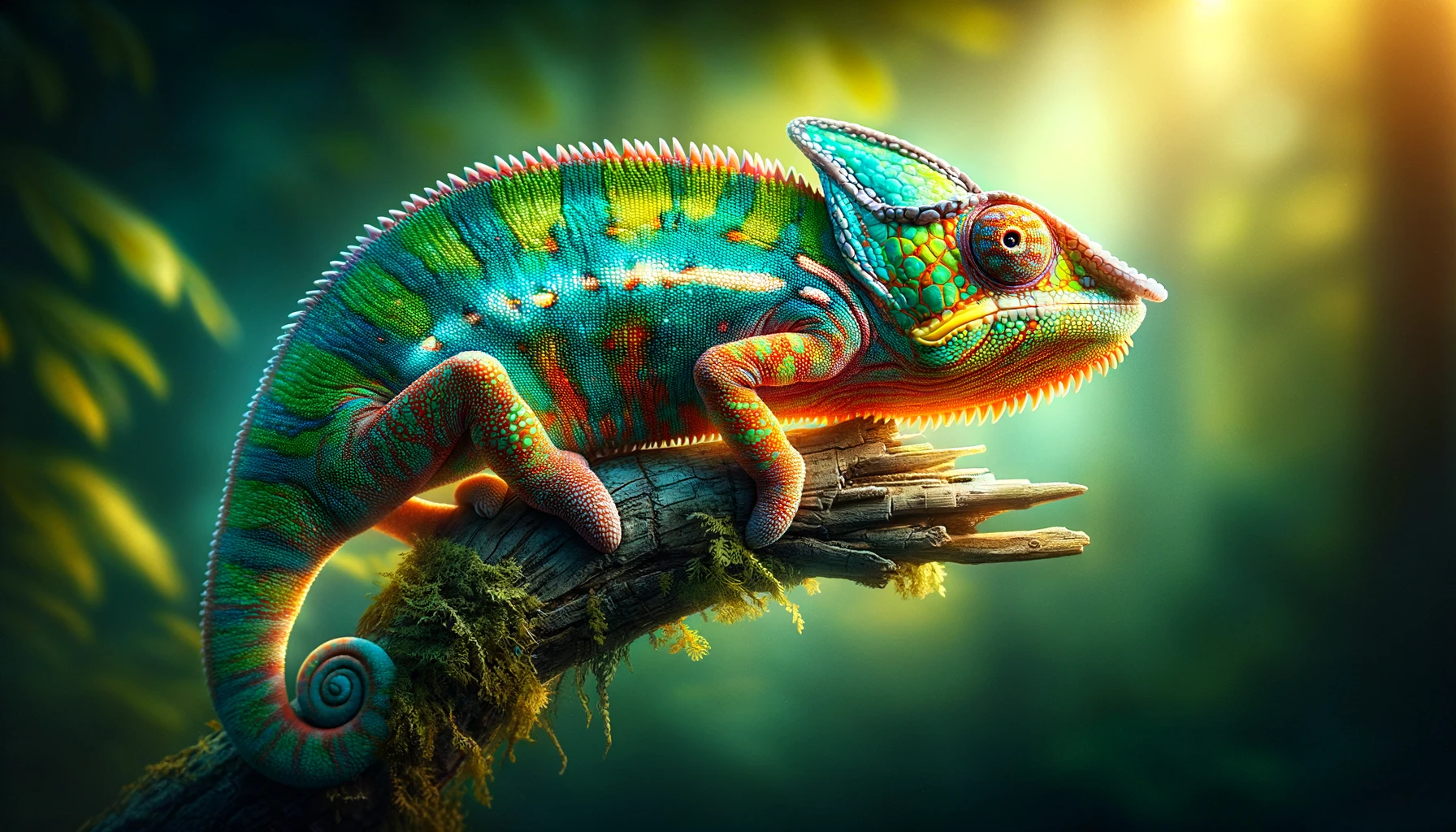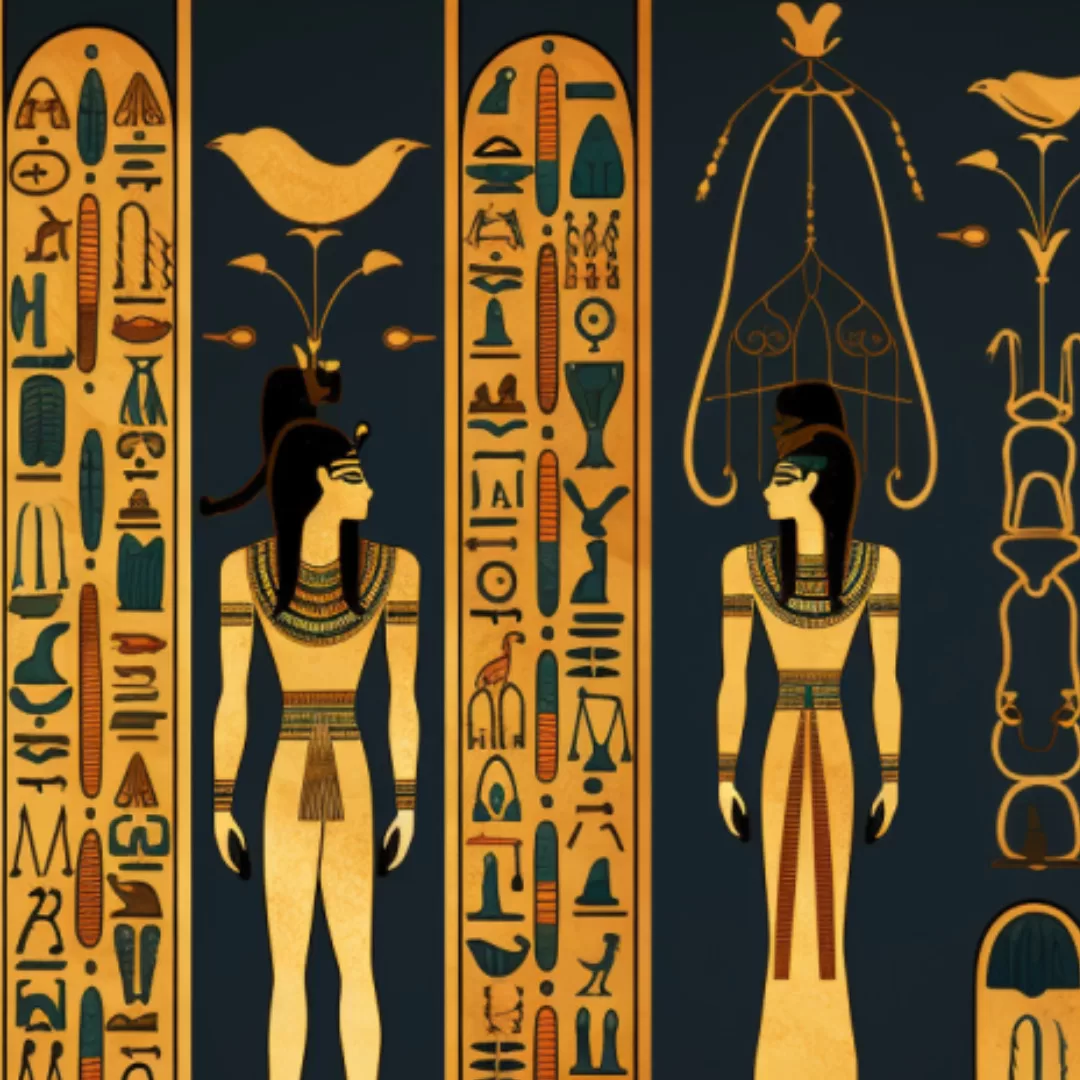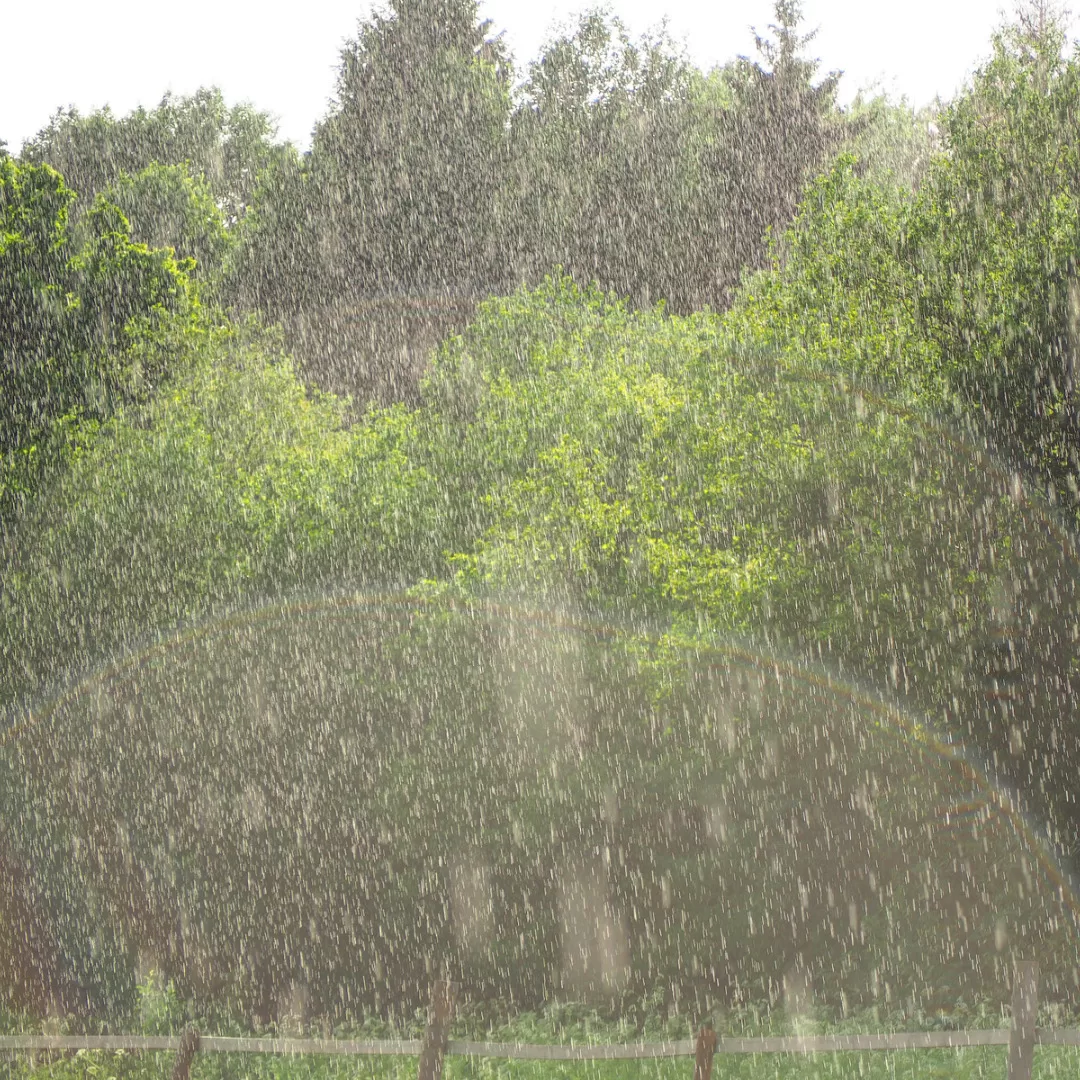Get ready for an interesting adventure of discovering lizard totems and lizard spiritual meanings! For centuries, these interesting creatures have found their ways into humans’ minds and cultures and spirituality. In this article, we will explore lizards as headers and try to comprehend how vast and varied their meanings are within individual cultures.
Overview of Lizard-Related Myths and Folklore
Moreover, lizards soaking up in the sun perform a slow stalk, and most of the time spent in the shadows are some of the creatures that people have found to have an interest in many cultures. Let’s begin the odyssey by attempting to liberate the most curious treasures that belong to the mythology and the folklore of those creatures:
- Lizards in Ancient Egypt: Beings regarded with respect as wise and lucky, and often depicted among Hieroglyphs, and believed to have amuletic attributes.
- Ancient Native American Tribes and Communities: Relative to many tribes, the lizard was regarded as the animal that ensured survival and endurance and so the ancestors could seek for her spirit in times of trouble.
- Australian Aboriginal culture: This animal lizard also plays an important role in their Dreamtime stories with the theme of order and awakens the spirit of the individual.
With all these great beliefs put together, one begins to notice a certain respect and awe that has been associated with lizards which provides a basis of further comprehension on what these lizards stand for in spirituality.
Historical Perspectives
Even when we try to go back to ancient history, it is clear that lizards formed an important part of different cultures. Their paintings and meanings exhibit a lot of symbols and myths that were preserved through ages.
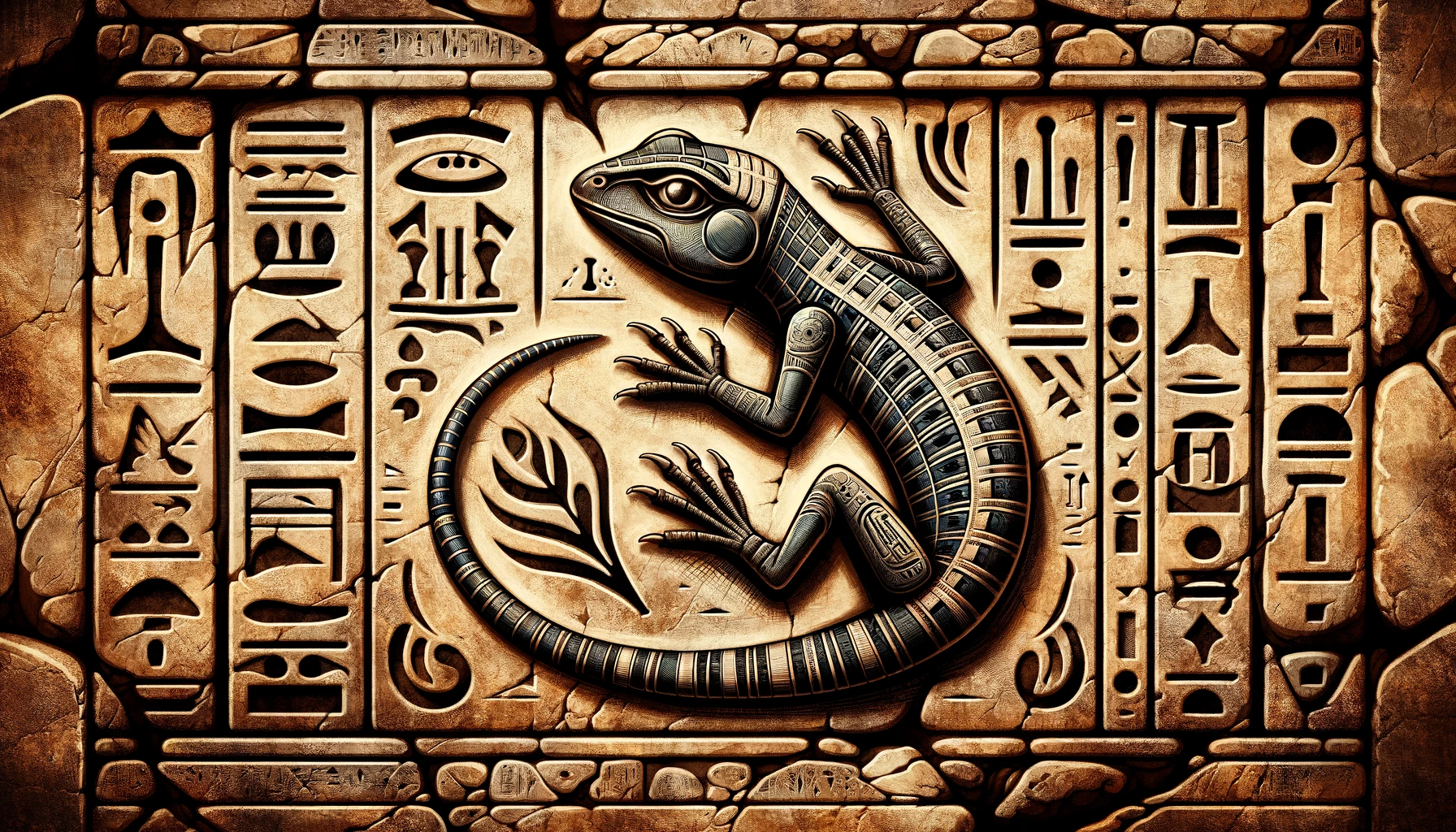
Ancient Interpretations of Lizard Imagery
Ancient civilizations are well known for their depictions of lizards in their art, literature, and religious texts, giving wide and diverse interpretations to these creatures:
- Greek and Roman Mythology: Great warriors became wise, becoming praised by the lizards. They were linked with the God Hermes who was busy making his mind and speed.
- Chinese Culture: In Chinese mythology, lizards symbolize both the future and the past because they can regrow their lost tails. They were regarded as strikers of luck if found at home.
- Mesoamerican Civilizations: For the Mayan and Aztec people, lizards being earth and underworld creatures symbolized the inner highlights of crude urges yet still brought with them light.
These various interpretations indicate how the lizard has successfully integrated itself into the core of the spirit world, often performing various roles in varying cultures, from bringers of good luck to sages.
Lizards in Mythology: A Global View
Lizard symbolism also knows no cultural borders, giving rise to numerous developments in myths and belief systems worldwide.
- African Tribes: In a vast number of cultures on the African continent, lizards are regarded as mediators of protection and will powers. They are greatly used in healing and ceremonial activities for guidance.
- Hinduism: Lizards, more so geckos are used in Hindu mythical traditions as abortion signs. Timing and place are sensitive issues especially when trying to decipher an apparition or invocation where the creature’s cries can act like an omen.
- Polynesian Cultures: In this region, lizards are sometimes treated as ancestors’ spirits. Knowledge and customs are said to be protected by them, as they associate them with visible and invisible realms.
Through these historical contexts, we understand their cultures better as adapted to place, people, and the time. It draws back how much of these symbols are present in the lives of people through spirituality and understanding of it.
Cultural Significance
Moving from the past, it is evident that lizards still play an important role in the belief systems and practices of different cultures today. They are not just a thing of the past, but something alive across many native peoples of the world.
Lizards in Indigenous Beliefs and Practices
In aboriginal societies, lizards very often went far from being merely animals and wheeled toward animals of a greater nature. They are considered, among other things, as beings or messages with essential ingredients performed in culture nurturing activities:
- Native American Cultures: In these regions lizards relate often to the preservation and environmental sophistication and respect. They give proverbs on the essence of oneness with nature.
- Australian Aboriginal Traditions: In Aboriginal culture, Lizards are often associated with the performance of stories during dreamtime. They are prominent in various creation and religious narratives.
- African Shamanism: In several African cultures, lizards are held to be capable of performing the role of a link between ordinary and supernatural worlds, and are employed in special rituals and cleansing.
These practices show the existing co-existence of indigenous peoples with nature, in which lizards play an important role.
Symbolic Meanings of Lizards in Eastern Cultures
Lizards are assigned various metaphoric interpretations especially in the eastern cultures which are generally philosophical, spiritual or otherwise:
- Chinese Feng Shui: As for Geckos, lizards are valued as the ones who can bring good fortune and wealth. Their sticking ability can be associated with the idea of ‘sticking’ with wealth.
- Japanese Beliefs: In Japan, lizards are usually linked with the concept of regrowth and recuperation so that they surmount troubles and get back together even stronger.
- Indian Traditions: Lizards further the common house gecko lizard is believed to be a good omen. Their sight and calls are often forecasted as harbingers informing what is to come.
These interpretations show how culturally, lizards have been perceived as sources of luck, persistence and foresight.
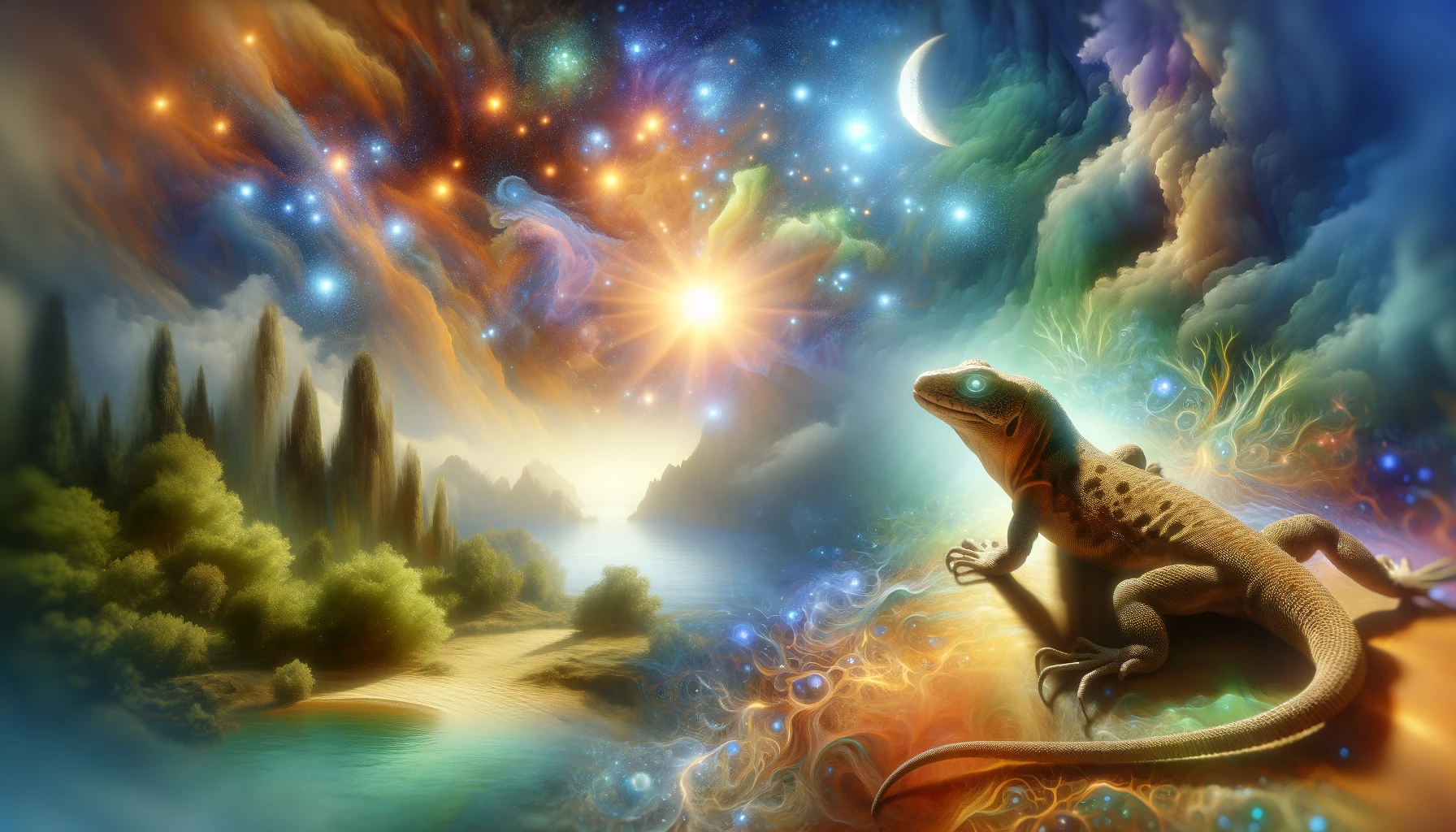
Lizards in Western Folklore and Symbolism
Lizard mythology is rich and complicated in the Western contexts, there is not a single common lizard story that includes all of the offered lizards. Rather, every narration includes a different lizard theme in it:
- Medieval European Lore: Lizard is depicted as a creature of earth therefore stable and practical. The tail shedding and tail regrowth have connotations of regeneration.
- Christian Symbolism: In some religious imagery about Christianity, lizards at some point serve the role of new female, this is transformation – death and birth, caused by ‘primordial nature’.
- Contemporary Western Views: Nowadays, stereotypes concerning how lizards act in Western society are their ability to be flexible and to adapt to different conditions and environments.
All of these aspects stress new interpretations of lizard’s flexibility not only in the naturalistic sense but in the symbolic interpretation as well.
Spiritual Associations
We should acknowledge, however, that there is a spiritual level beneath the surface, where lizards are associated with certain features and behaviors found within their bodies, and become powerful totems. These, though small organisms, are great and have deep spiritual meaning and lessons.
Lizards as Totems: Personal Growth and Renewal
The fact that they can lose their tail and then grow it back makes lizards one of the most compelling aspects of personal growth and renewal. As spiritual totems, they provide many teachings:
- Resilience and Recovery: When you think of how a lizard can shed its tail, it should encourage you about rebounding from challenges and having a fresh beginning.
- Adaptability: Lizards do well in a great number of habitats which is a lesson in the necessity of being flexible in one’s life.
- Self-awareness: The sunbathing of the lizard is an antithesis to a busy lifestyle reminding us of self-awareness and the need to rest our minds and souls.
These elements make lizards powerful totems; directing us into our paths of self-development and the changes we can make in the course of travel.
Dream Interpretation: Lizards as Spiritual Messengers
Within this framework of dreaming, figures of lizards usually take the role of spirit messengers for important transitions or messages in the breathe of our unconscious:
- Transformation and Change: Lizard dreaming could also portend changes or transformations in a person’s life that would require one to be able to adapt and change.
- Fears and Worries: It is possible that a lizard appearing in the dream could be a representation of the anxieties or fears which we avoid and so it elicits us to act.
- Awakening: In some instances, the presence of a lizard in a dream indicates that an awakening of spirit is coming, showing a person who will be more aware than before.
Decoding these images gives us good knowledge relating to the inner part of an individual as well as the development.
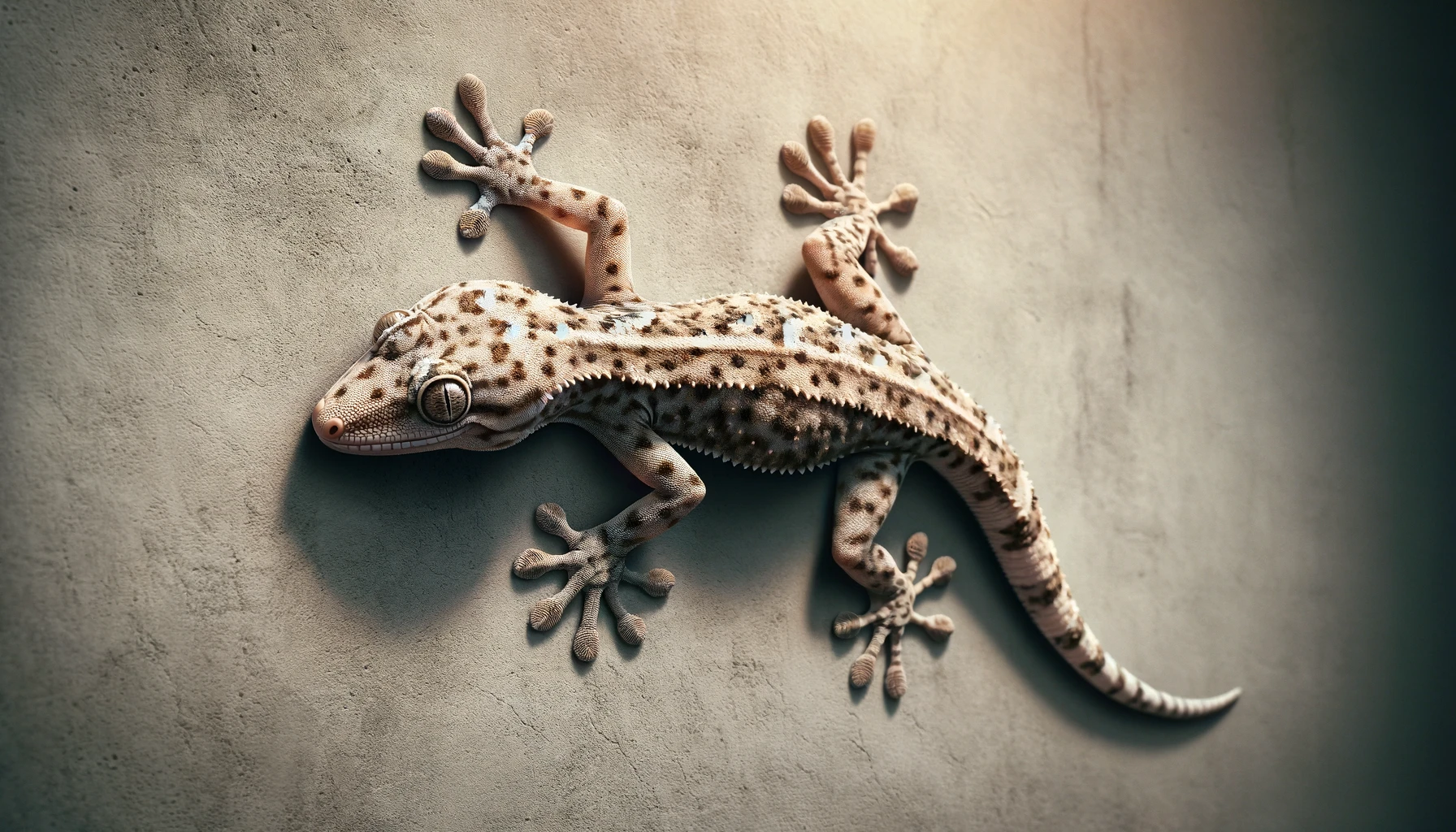
Lizards in Popular Media
Even as retellings regarding lizards view them from folklores and spirituality, they have gained a special place in mass media as well. In both fiction and films, these creatures possess much deeper and important meanings which contribute an extra dimension to the tale.
Representation of Lizards in Literature and Film
In a lot of classical or modern literature and also in films, lizards are portrayed as symbols or metaphors or used within the plot, each aspect providing a new perspective in the plot:
- Literature: In literary texts, lizards are employed through topic survival, adjustment, transformation and renewal. For instance Bruno becoming a bug out of a human in his novel `The Metamorphosis’ by FRANZ KAFKA is a more extreme version of how cold blooded animals like snakes shed their skin in order to make a drastic change more applicable to society.
- Film: In movies, lizards represent the concept of an evolution or a new phase in the character’s life. They can be used as characters featuring supernatural abilities or they can symbolize the changes that happen within the person’s characters.
- Children’s Stories: In children’s books and cartoons, lizards are generally wise and quirky characters that have to offer children valuable lessons on how to adapt and be tenacious in life’s challenges.
Appearing in pictures, lizards enhance the narrative comprehension and understanding of the audience, enabling them to appreciate the motion pictures and printed literature in greater dimensions.
The Role of Lizards in Contemporary Art and Fashion
Lizards have also been used in contemporary art and fashion. These lizards have also served as strong designs and sources of inspiration:
- Art: In modern art lizards are often depicted in nature and are used with the meaning of survival and the unity in diversity of all living creatures. Their shapes and textures are factors for artists who aim to awaken people’s perceptions about nature’s illustration in all its fullness and perfection.
- Fashion: Always, lizard patterns will be found in jewelry; prints on every type of clothing; shoes that have lizard patterns and many other fashion items associated with lizards. These types of designs usually evoke an exotic view, sophistication and link to nature.
In these various ways, lizards still capture our attention as the link between nature and humanity through different modes of expression.
Scientific Backdrop
We can say that owing to the fundamental insights we acquire while exploring science, we can be capable of contemplating the subject of lizards in a deeper context regarding their meaning in society. The big topic of herpetology provides an explanation for the ardent feelings and positive imagery surrounded with reasons for lizards being thought about and symbolized into the history of mankind.
Understanding Lizard Behavior and Traits
Lizards represent a heterogeneous assemblage of squamate reptiles which present quite a variety in their behavior and physiology ranging from scientists to the lay men, with no exception:
- Regeneration: One of the most awesome features in a few types of lizards is tail recreating ability. This biological phenomenon carries the notion of being able to rise from any fall one has been and brings the notion of ‘divine rebirth’ in most societies and cultures.
- Thermoregulation: Lizards are ectothermic, therefore they must adapt to using heat from other sources to maintain body heat. This is a behavior that demonstrates the ability to conform and live respectfully with nature.
- Camouflage and Defense: Most of the lizards have the capability to change coloration and pattern blending in with the environment, or putting splendid colours up which symbolizes defense which a lizard is ready to put up in order to prove to be strong and alert.
Such immense things should never be left out as through the socio-anthropology of lizards, such literal wanked postures are regarded as being possessive and this is due to the correlation in culture.

How Science Interprets Lizard Symbolism
The domain of herpetology encompasses not only the facts of the lizards’ anatomy and behavior but also their societal meanings slated for interpretation:
- Survival: Among vertebrates, lizards can be considered as one of the best adapted and evolved forms. This success story can rather be viewed as a story but instead of a story of loss, it rather resembles to be a story of triumph and shows how it overcomes the odds and changes in order to succeed.
- Biodiversity and Ecosystem Role: Lizards are predators as well as prey in a given ecosystem, thus they have diverse functions. Their presence in the ecosystem shows the need for harmony and relationships of systems.
- Behavioral Studies: Lizard behavior is focused on social specimens, the interaction, and the establishment of territories covering subjects such as communication, society, and instinctive behavior that is worthy of preserving.
These scientific viewpoints provide a deeper appreciation of lizards, not only as biological entities but also as symbols carrying rich and varied meanings.
Practical Implications
Besides their spiritual and symbolic interpretations, lizards have some meaningful purposes in life too. It is important to note that both nature and lizards as pets can have and provide very useful lessons in nature appreciation.
Incorporating Lizard Symbolism in Daily Life
Lizard symbolism may also be applied in one’s daily activities reminding of the virtues and the lessons learnt from the lizards:
- Home Decor: Growing lizard designs on walls and using lizard arts in the interior of the house helps one to have lizard attributes like difficult ways out of hibernation and transformation of one’s house into a more appealing place.
- Gardening and Wildlife: Building conservatories for lizards emphasizes that insect pests can be naturally augmented without the use of pesticides. Their existence stands for more of an ecological balance.
- Mindfulness and Meditation: Contemplating over the characteristics of lizards such as their prolonged periods of inactivity sunbathing encourages one to practice breathing exercises or one’s mindfulness awareness into nature.
Culturally accepting lizard symbolism in such practical manners can not only enrich one’s day to day living but provide a strong sense of belonging and attachment to the nature around us.
Lizards as Pets: A Symbolic and Practical Guide
Pet lizards serve both an aspirational reach and practical purpose by enhancing known aspects of ourselves and unknown aspects of them:
- Selection of the Right Species: Members of lizard species have a different degree of care. Meeting these needs highlights the utility of responsibility as well as knowledge in caretaking.
- Taking a Lesson From Their Behavior: A pet lizard’s feeding regime and thermoregulation behavior can be a hands-on lesson in biology as well as tender care for the living.
- Emotional Link: In the case of individuals who see lizards as carrying symbols or totems, keeping pet lizards might enhance that emotional connection.
Keeping a lizard as a pet would mean taking on certain tasks and at the same time actively dealing with the issues of what such beings would symbolize.

Global Perspectives
They have similar key universal features yet each culture offers its own unique perspective on lizards and the animals. In this regard, the perspective of different societies is important.
Lizard Symbolism in Non-Western Societies
In unwritten cultures, lizard symbolism embodies the culture and ecology of the society making it a glaring difference with that of the Western approach:
- African Societies: As it is believed in most tribes within Africa that lizards also represent messages and are therefore means of communication. They are usually credited with the ability to summon rain, hence important in farming societies.
- South American Traditions: In the region of Amazon and other regions of South America, lizards are worshipped due to their allegiance to the earth which embodies life and the most basic nature of living.
- Southeast Asian Beliefs: On the contrary, in countries like Indonesia and Malaysia, lizards offer different meanings like the geckos. In fact, lizards communicate and their sounds are often produced in the form of speech.
These sentences enable understanding the importance of lizards and more the uniqueness of these creatures across the globe.
Comparative Analysis of Lizard Meanings Across Cultures
An exploration of lizard symbolism in culture gives room for variances and likenesses or similarities, which evoke the co culture of these animals:
- Transformation towards Adaptation and Resilience: Many since ancient times, cultures revere lizards because of this unique quality of their appropriate states in different conditions.
- Mythical Images: Lizards also recur as divinatory signs or as spiritual intermediaries that are believed found in relation to the supernatural aspects of existence.
- Idealization of Regeneration within Many Cultures: It is understood that these lizards have healing powers that allow them to shed their tails and grow back hence they have a lot of cultures that treat healing as well as design for growth.
This comparative analysis does not only show the variegation of such beliefs, but it also shows such core factors that would provide lizards as one other common symbolic culture in humankind.

